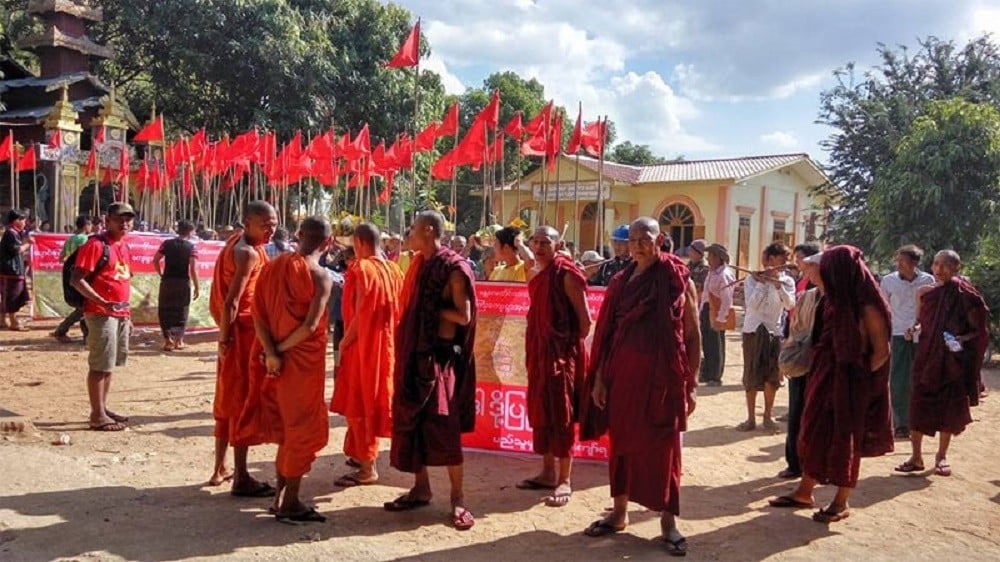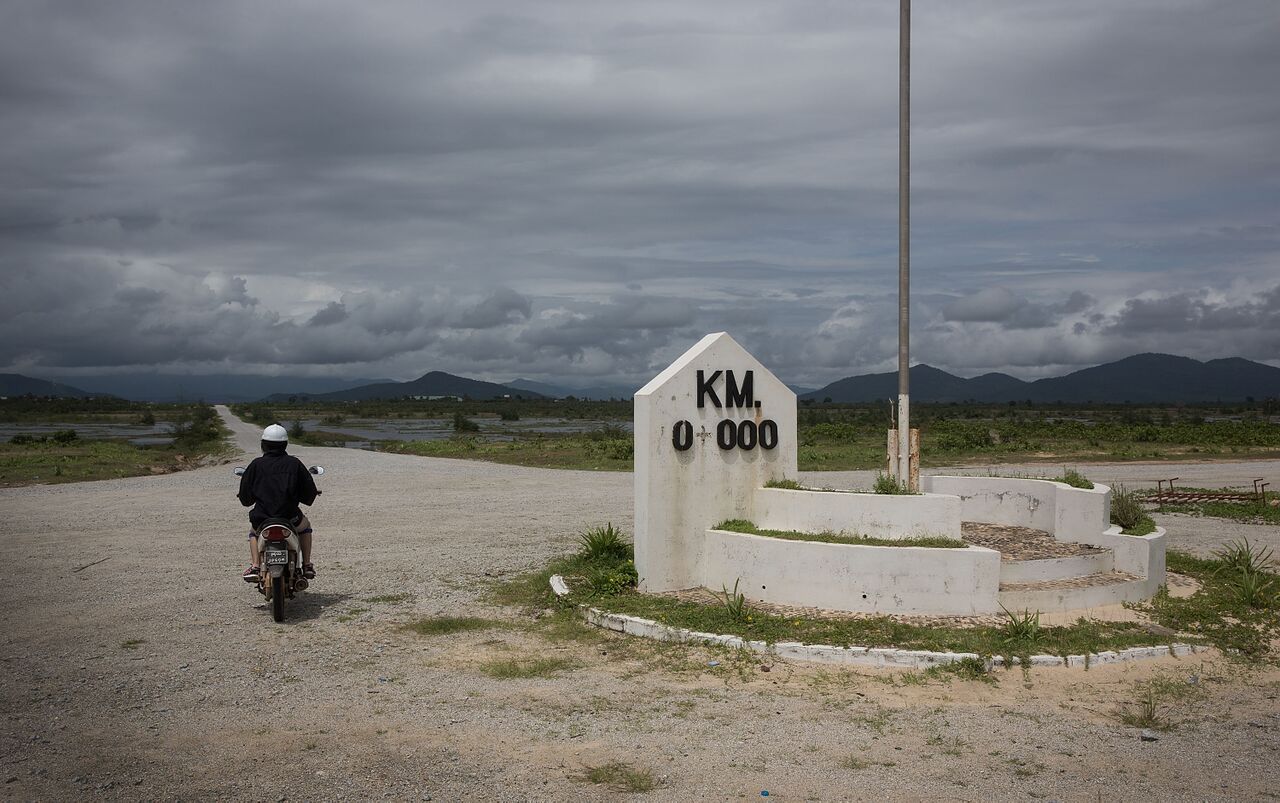While initiatives by the Asian Development Bank, ASEAN, United States, Japan, France and the private sector aim to advance renewable energy within the Greater Mekong Subregion (GMS), coal-fired power plants are slated to become an increasingly larger share of the region’s electricity generating portfolio.
Tag: conflict
Land confiscation problems worsen
Farmers from Shan State held a press conference at Taunggyi Catholic Church memorial hall in southern Shan State on January 3, 2016, to protest against unfair treatment when trying to reclaim their confiscated lands. – See more at: http://www.mizzima.com/news-domestic/land-confiscation-problems-worsen#sthash.CZVBDGRj.dpuf
Villagers retake land from gold mining company
About 300 local people and their supporters took back their land from Myanmar Sithu Gold Mining Company at Yayhtwet village, Chaunggyi village-tracts, Thapeikyin Township, Pyinoolwin district, Mandalay Region on 3 January.
They were supported by people from Patheingyi, Madaya and Singu townships.
Threats against journalists in Cambodia spike
The Club of Cambodian Journalists announced over the weekend that there has been a dramatic rise in threats against journalists this year, with a parallel increase in arrests and legal challenges, The Phnom Penh Post reported.
According to a CCJ statement issued on Saturday, there have so far been 12 cases against journalists this year, compared to four in 2014.
Some journalists were beaten up and arrested and detained, and in some cases equipment including cameras and voice recorders was confiscated, it said. Five journalists were sued this year, compared to just two in 2014, it added.
Villagers from Bamnetnarong district visited 5 ASEAN Embassies , protesting coal-fired power plant
More than 30 representatives from Bamnetnarong District in Chaiyapoom province submitted a letter to ASEAN diplomatic representative, protesting the coal-fired power plant for Potash mining project. The content of the letter stated that ASEAN Potash Mining Company Limited (Public) is pushing the construction plan of coal power plants for use in the mining operation, informing the villagers that Thailand shortage of energy. And the villagers against the use of coal for electricity generation.
Isan activists accuse Thai junta of siding with gas corporation
An environmental conservation group in Isan, Thailand’s Northeast, says that the Thai junta are siding with an oil and gas corporation to plunder resources and urges the US government to take action against the multinational petroleum company.
Na Mun-Dun Sat Conservation Group, an Isan environmental group, on Tuesday morning, 12 October 2015, rallied in front of the US Embassy in Bangkok and submitted a letter to embassy staff, urging the US government to hold Apico (Khorat) Limited, a US-based oil and gas exploration company, accountable.
Myitsone Dam, Kachin Conflict under Spotlight in New Film
A new documentary film premiering in Rangoon this weekend offers a view into the social upheaval and dislocation caused by the Myitsone Dam project in Kachin State.
Produced over four years, including months embedded in the now largely abandoned Tang Hpre village in the dam’s catchment area, Dams, Drugs and Democracy charts community opposition to the dam before and after President Thein Sein announced the controversial megaproject’s suspension in 2011.
Minister says Dawei SEZ ‘like renovating some parts of an old house in order to prevent it from collapsing’
The Dawei Special Economic Zone has been championed by both the Myanmar and Thai governments as a promising industrial development for Myanmar, yet there have been difficulties getting the project off the ground.
According to the agreement, the initial phase of the project must be carried out on the 7-square-kilometre land allotted for the special zone, and 65 percent of construction must be completed within three years from the signing date. In the meantime, Italian-Thai Development has been building infrastructure such as roads, bridges, water supplies and buildings.
As Dawei “initial phase” 65% complete, locals left in the dark
The Dawei Special Economic Zone (DSEZ) is a major industrial project and deep sea port now at an initial phase of construction located in Taninthayri Region, Myanmar. The original plan, led by the Thai construction company Ital-Thai since 2008, was for a US$ 50 billion project that entailed a 250 kilometer square industrial zone. However, by 2012 the project was in deep trouble as it failed to attract investment and was challenged by civil society groups concerned about impact on local livelihoods and the environment, as well as the overall decision-making process around the project.
Justice denied: the Thai activist who risked all to save his environment
The recent Thai Supreme Court acquittal of three men who masterminded the murder of environmental activist Charoen Wat-aksorn, shows a skewed justice system that puts capitalism in front of community. But this is not the only case of the forced silence of environmentalists.









